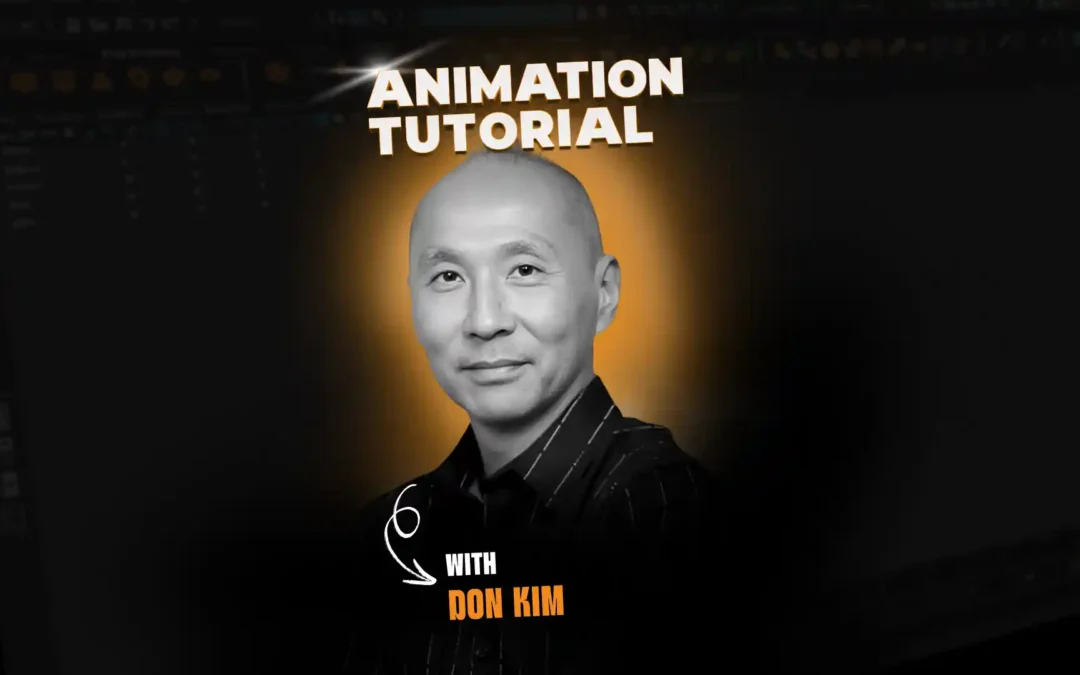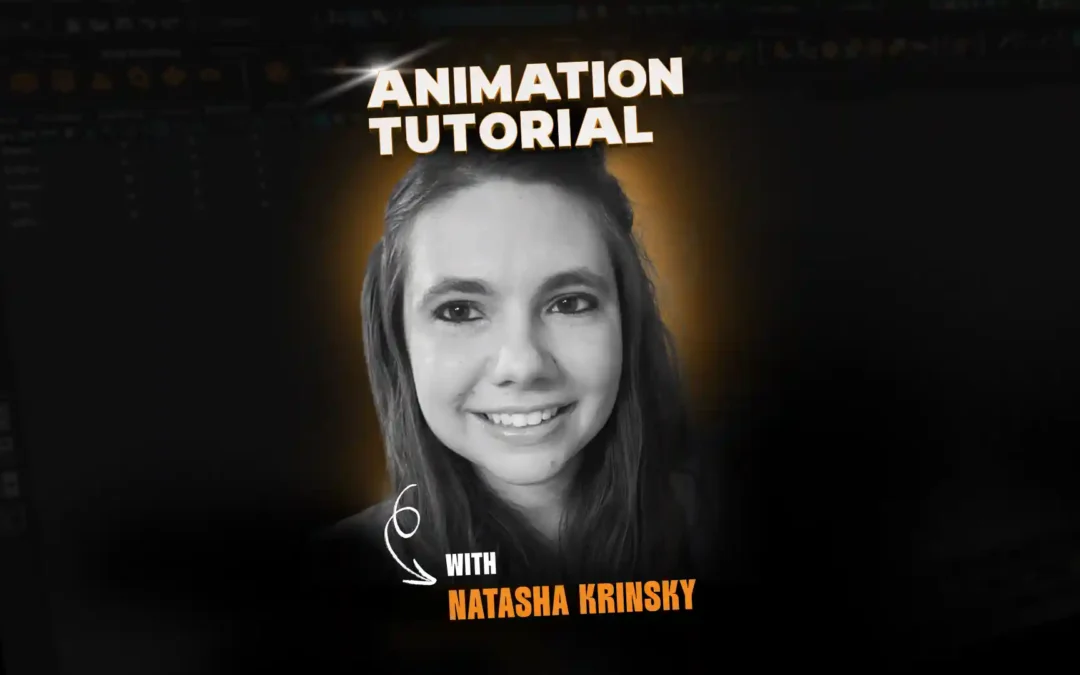Tippett Studio animator Chris Mullins is quite the history maker and storyteller. He is a graduate of Animation Mentor’s very first class. And today, you can still find him on campus — this time as a mentor in our Animal and Creature Animation Production Track. In the spirit of Student Showcase 2013 and storytelling, Chris also shares a few tips to tell your story. Enjoy.
— The Animation Mentor Crew
Student Showcase 2013
@AnimationMentor #storyteller
You were part of the very first Animation Mentor class. How did you hear about the school and program? And, when you first enrolled, did you think you were part of something ground breaking in the animation world?
Chris: I was a “character technical director” in a start-up animation studio when the buzz of Animation Mentor started to gain momentum. I was seated in the same office as the animators, who were constantly discussing it and encouraging me to sign up and switch over to animation myself.
I do remember feeling that I was part of something new and exciting, but honestly I had no idea that it would grow into what it has become. When Animation Mentor began, the online schooling phenomenon was still in its infancy. Animation Mentor has done an excellent job of staying at the crest of the wave and helping to lead a shift in the way artists are educated. Now they’re doing it again with the AMP™ Studio Production Pipeline. Technological evolution and globalization are rapidly changing the market and “virtual pipelines” that span the globe will continue to be implemented and accepted. It is a fascinating time to be part of this industry.
What tips do you have for future storytellers?
Chris: Tell the stories that you want to tell, and if you can pull from your own life — your own experiences — even better.
How do you teach storytelling to your students?
Chris: I teach a Creature class, so “storytelling” is quite a bit less of a focus than, say, an “Acting/Dialog” class. However, students can still be very creative with their ideas. When you’re animating an animal interacting with another animal — or even an inanimate object — you’re still telling a story, no matter how simple. I try to help students tell their stories as simply and as clearly as they can. Usually I preach the “one idea per shot” technique, which I feel is a great way to both practice the art of conveying clear ideas and gain further understanding of the importance of each shot in a larger story. Simplifying or letting go of ideas altogether can be one of the most difficult things to do as an animator, but it can also be one of the best things you can do for the bigger picture.
The idea for a story can originate from almost anywhere. How do you nurture students to identify what is really a good idea for a story?
Chris: Creature work is not usually what people think of when imagining a story, but animals and creatures have personalities and physical characteristics that can be exploited for a unique style of storytelling. Finding ways to use realistic or exaggerated animal behavior to convey emotion is an inspiring challenge. If you can tell a story that a human can relate to, and you can tell that story within the limitations of a character who cannot speak and uses an entirely different set of physical attributes, then you have a skill that a lot of animators today do not possess.
What lesson did you learn early on — about animation or about life — that you still follow to this day?
Chris: As a student and nascent animator, I was a studio junkie. I was plagued with the desire to work only for specific studios, and that desire rearranged my priorities in a way that I learned can actually be quite corrosive and unhealthy for a passionate artist. With time, I was able to come back to the center of what matters to me as an animator. I have spent the majority of my career in a small studio and I couldn’t be more grateful for that now. During that time, I have experienced camaraderie and a level of intimacy with the people, the studio, and the process of filmmaking that I wouldn’t have been afforded at a larger studio. I am not a number, I am an artist, and I try to seek opportunities that empower me as such.
Don’t misunderstand. Larger studios can be great and I’m sure I’ll return to a few before my tour of duty is over, but I’m very lucky to have had the experiences I’ve had. It may sound strange, but not getting what I so badly wanted back then has helped me to rediscover and rely on myself.
Do the art that you want to do because you want to do it, because it makes you happy. Stay away from seeking validation from someone other than yourself.
If you are an artist, work to define yourself as such.
— Christopher Mullins



